The National Political Publishing House Truth has just released the book "Managing fluctuations and crises" edited by Dr. Le Manh Hung, Chairman of the Board of Members of the Vietnam National Industry and Energy Group ( Petrovietnam ).
The book consists of 4 chapters presented logically and closely with the following topics: "Speed of change in the business environment"; "Changes in management and administration thinking"; "Continuous and fluctuating goal management"; "Volatility management at Petrovietnam".

These pages were born from a real journey. The book's editor, Dr. Le Manh Hung, grew up from the grassroots, directly participating in core projects of the oil and gas - energy industry from the early days, experiencing many levels of management - from project operation, implementation, to management of the entire Group system.
He became the "captain" leading Petrovietnam right at the most volatile and crisis period: the double crisis of 2020, the Covid-19 pandemic, plunging oil prices, broken supply chains, and internal institutional and operational challenges. In that context, the "change management" mindset was initiated by him and his colleagues from the days of operating the system in the middle of the storm.
The book "Managing Fluctuations and Crisis" attracts attention not only because of its topical title, but also because of the unique way of thinking of the group of authors. The concepts in the book are not borrowed from foreign theories, nor do they follow modern management trends. They appear in a simple way, originating from real experiences, carefully contemplated in the actual management process, as a natural reflex of managers when forced to face situations not in the textbook.
Here, "volatility management" is not introduced as a new theoretical school in modern management, but as a survival reflex in the face of an unstable reality. The relationship between volatility-crisis-risk is analyzed with dialectical logic, rigorous but not dogmatic; so close that readers can feel it intuitively. Because anyone who is running an organization in today's world , whether public or private, large or small, has more or less touched that feeling: that nothing is forever certain.
What is valuable is that the book does not stop at conceptual analysis. The authors go further by linking theory with specific capacities in organizational management: from goal setting, risk forecasting, plan adjustment, flexible response, to a long step forward of "dynamic creation", a very Vietnamese term for the capacity for purposeful innovation in uncertain conditions.
Not only stopping at models or definitions, the group of authors has cited many vivid examples from the practices of large organizations in the world, where "change management" is no longer an option, but a condition for survival. However, what convinces readers the most is the evidence from the Vietnam National Energy Industry Group (Petrovietnam), an organization with a "double special" nature: operating in the volatile energy sector, and being a state-owned enterprise with specific constraints and limitations.
In 2020, when the world was shaken by the Covid-19 pandemic and the unprecedented plunge in crude oil prices, Petrovietnam faced a "double crisis". It was in this context that the concept of "volatility management" was first formed. Not from a conference room or desk research, but from the practical needs of operating the entire system.
A set of fluctuation management solutions has been designed and implemented synchronously, continuously updated in real time, as a vital organizational reflex. Thanks to that, Petrovietnam has not only stood firm through the crisis, but also achieved many positive results in terms of output, finance, budget contribution, human resource management and operational capacity.
This is not a success story, but a convincing demonstration of a new approach: when an organization knows how to live with change, and responds quickly but systematically, even crises can become part of the value chain.
From 2021 onwards, "change management" at Petrovietnam will no longer play a role in responding to situations. This concept will be elevated to an operating method, gradually taking shape as part of the corporate governance culture. Each unit and each officer will begin to understand clearly: planning is important, but the ability to adjust and adapt to plans in changing conditions is even more important.
In 2024, Petrovietnam recorded revenue exceeding VND1 million billion for the first time - a figure that not only reflects scale, but also marks a proactive, flexible and resilient management process in the face of continuous fluctuations in the global economic and geopolitical environment.
The book does not promote theory, nor does it try to prove the new by denying the old. The authors choose a different path, quieter, but with more lasting value: observing practice, extracting thoughts, structuring them into arguments, and then showing how to operate, from high-level strategy to system coordination and human resource development.
Therefore, the book is not only for senior leaders, but also useful for those in the middle management role, who have to manage between the old plan and the new reality. For small and medium-sized enterprises, where the ability to forecast is almost zero, the "life goal management" approach in this book can open up a different way: no need to look hundreds of kilometers away, just be alert enough to see 100 meters ahead, and take the right steps.
Source: https://nhandan.vn/quan-tri-bien-dong-tu-kinh-nghiem-song-dong-den-ly-luan-nen-tang-post898491.html



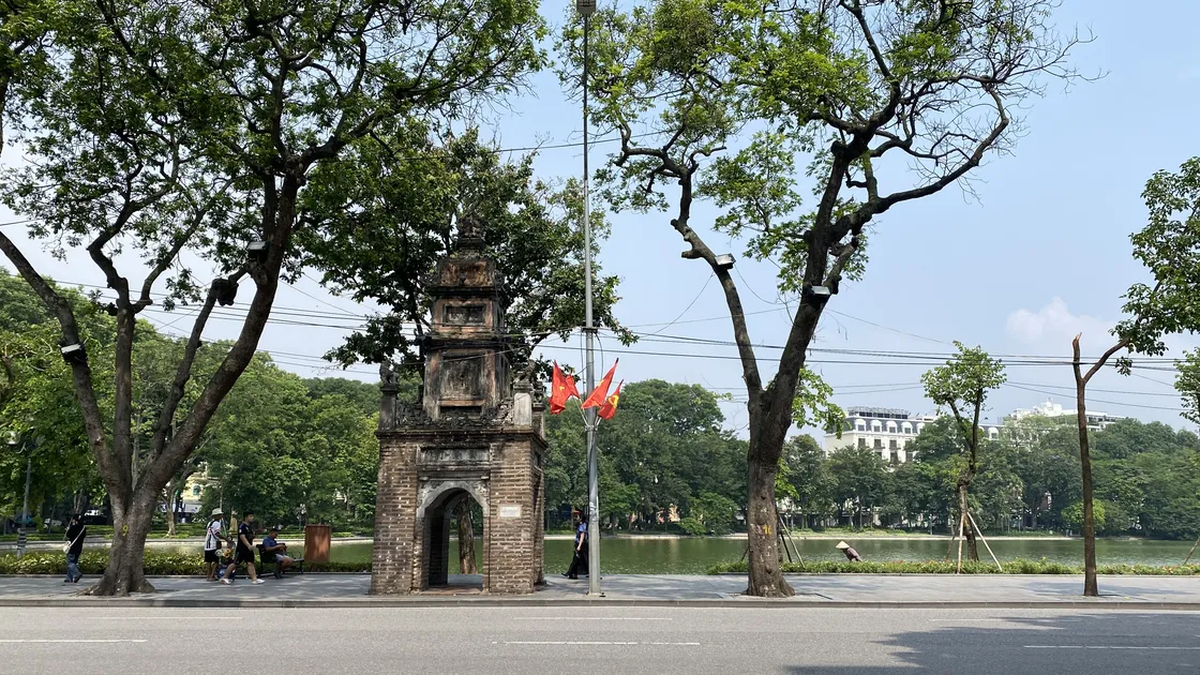


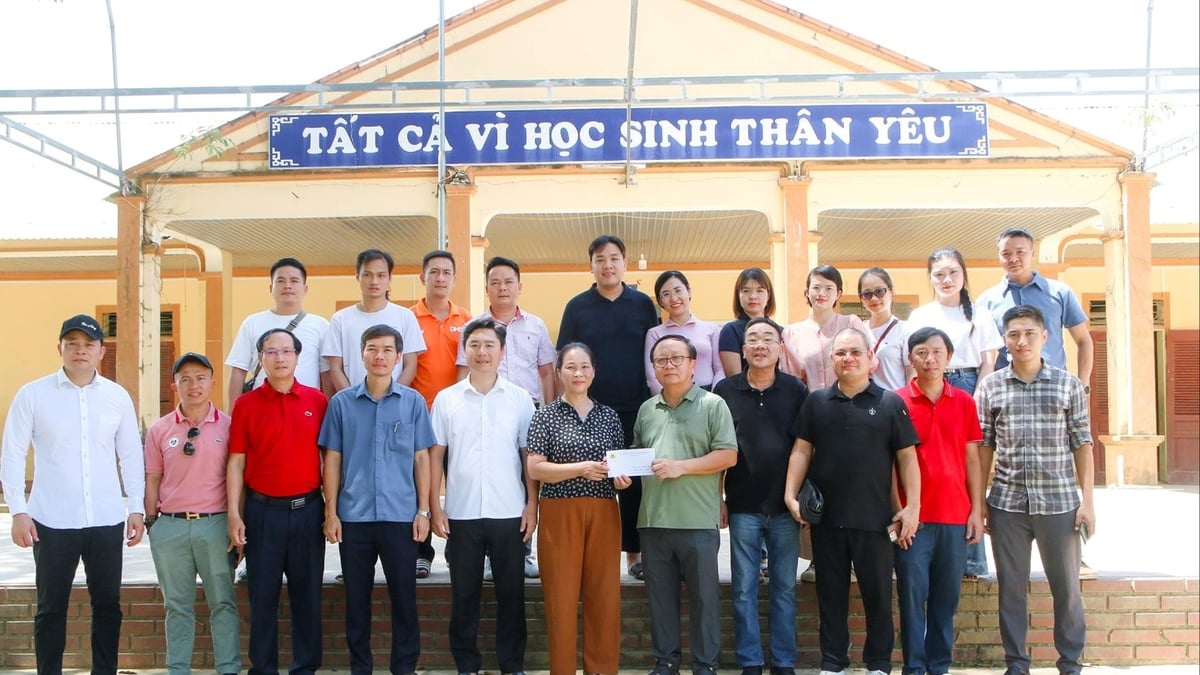
















































![[Maritime News] Two Evergreen ships in a row: More than 50 containers fell into the sea](https://vphoto.vietnam.vn/thumb/402x226/vietnam/resource/IMAGE/2025/8/4/7c4aab5ced9d4b0e893092ffc2be8327)









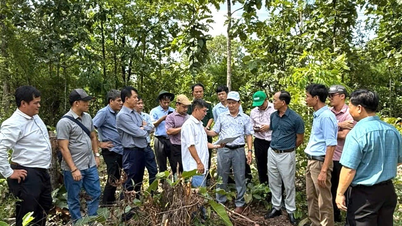







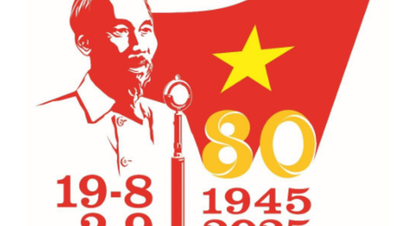




















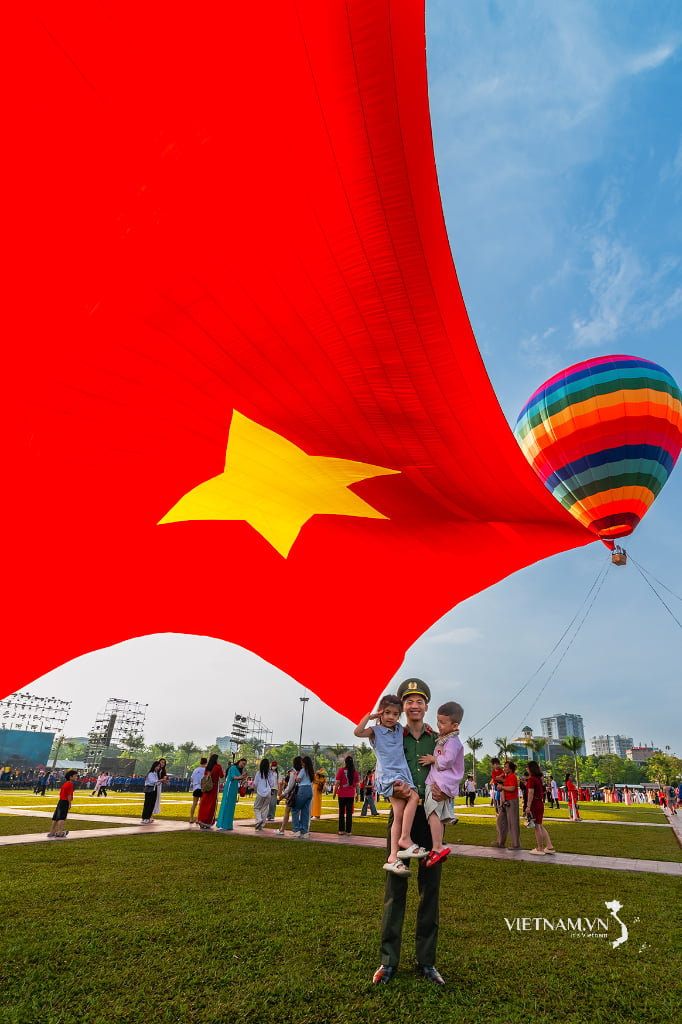



Comment (0)